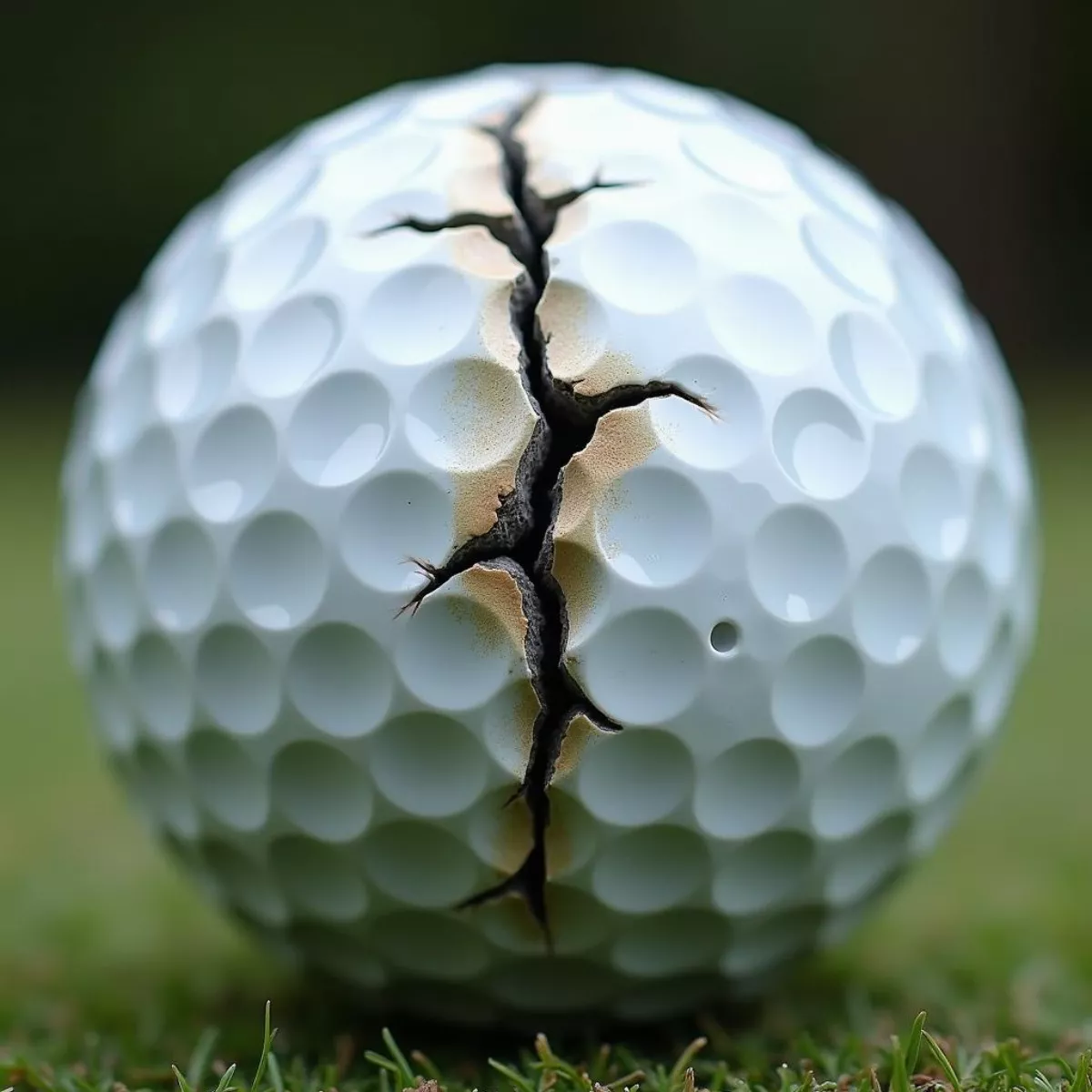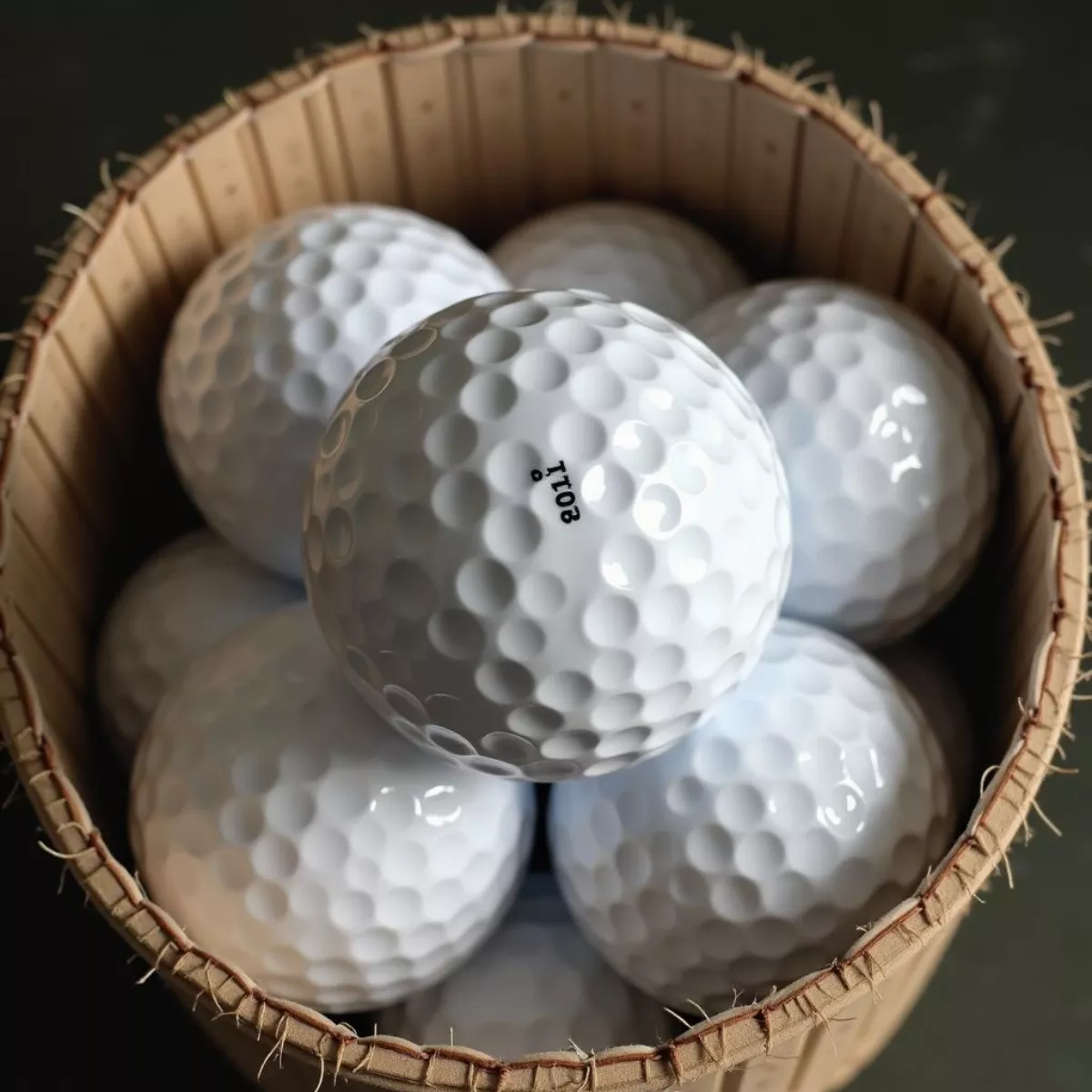Golfing isn’t just a game of skill; it’s also an adventure that connects players with nature. But let’s face it, Mother Nature can be a little unpredictable. Rain can dampen your day, and that often leaves you wondering: Is my golf ball saturated with water? Determining whether a golf ball is waterlogged is important because it can dramatically affect your performance and the overall playability of the ball.
In this guide, we will walk you through several methods to determine if your golf ball has absorbed water, along with tips for maintaining its integrity. So grab your favorite golf ball and let’s dive in!
What Happens When a Golf Ball Gets Wet?
When a golf ball becomes saturated with water, several things happen that can impair its performance:
- Weight Increase: A wet ball can be heavier, affecting distance.
- Flight Path Alterations: The aerodynamics change, leading to erratic shots.
- Surface Damage: Constant moisture can degrade the cover and core over time.
Why It Matters
Most golf balls are designed to repel moisture, but some lower-quality balls can absorb water. Knowing how to check for saturation can prevent you from playing with a compromised golf ball, helping you maintain performance and lower your scores.
Signs of a Saturated Golf Ball
So, how can you tell if your golf ball is waterlogged? Here’s a checklist of signs to look for:
- Unusual Weight: If your ball feels heavier than usual.
- Swelling or Bulging: Any visible deformation in the ball’s shape could indicate water inside.
- Dull Surface: If the surface appears less shiny or rougher, it could be a sign of water damage.
- Cracks or Flaws: Visible external damage can allow for moisture penetration.
 Signs of a Water Damaged Golf Ball
Signs of a Water Damaged Golf Ball
Methods to Test for Saturation
Here are some simple methods to help you identify whether your golf ball is saturated with water:
1. The Squeeze Test
Description: Take the golf ball in your hand and press it with your fingers.
- What to Look For:
- A ball that feels overly soft could be soaked.
- If you hear a squish or see water oozing from any cracks, it’s likely waterlogged.
2. Weight Comparison
Description: Compare the weight of your suspect ball with a known dry ball of the same brand and model.
- What to Do:
- Use a kitchen scale for precise measurement.
- If your ball is heavier, it may be saturated.
3. Bounce Test
Description: Drop the ball from waist height onto a hard surface.
- What to Observe:
- A regular ball will bounce higher due to its internal structure.
- A waterlogged ball will have a noticeably lower bounce.
 Golf Ball Bounce Test
Golf Ball Bounce Test
4. Visual Inspection
Description: Look closely at the golf ball for any visible signs of moisture damage.
- Things to Look For:
- Cracks or cuts in the outer layer.
- Signs of discoloration or a cloudy appearance.
5. Shake Test
Description: Hold the golf ball up to your ear and shake it gently.
- What to Listen For:
- If you hear sloshing sounds, that’s a strong indicator the ball has absorbed water.
How to Avoid Saturation
Now that you know how to identify a saturated golf ball, here are some tips to prevent this from occurring in the first place:
- Store Properly: Keep your golf balls in a dry place, away from moisture.
- Air Dry After Play: If you’ve played in the rain, remove the balls from your bag and let them dry.
- Inspect Regularly: Make it a habit to check for signs of water intrusion before rounds.
- Use Water-Resistant Balls: Consider investing in high-quality golf balls designed to repel moisture.
When to Replace Your Golf Balls
- If You’ve Confirmed Saturation: Don’t play with a saturated ball; replace it immediately.
- Surface Damage: If you notice noticeable cracks or wear, it’s time to retire that ball.
- Long-term Storage: If golf balls have been stored for a long time without inspection, they might need to be replaced even if they look okay.
 Golf Ball Storage Tips
Golf Ball Storage Tips
Key Takeaways
- Check for Weight: Heavier balls might indicate waterlogging.
- Perform Easy Tests: The squeeze, bounce, and shake tests are excellent for identifying saturated balls.
- Visual Inspection: Always inspect your balls before playing.
- Store Wisely: Proper storage can prevent saturation.
- Invest in Quality: High-quality, water-resistant golf balls are less likely to absorb moisture.
Frequently Asked Questions (FAQ)
1. Can I still play with a waterlogged ball?
No, it’s advisable to avoid using a saturated ball as it will affect distance and accuracy.
2. How can I dry my golf balls?
Lay them out on a towel in a dry area to air dry. Avoid using heat sources.
3. Do all golf balls absorb water?
Not all, but lower-quality golf balls are more likely to have moisture issues.
4. Is there a way to tell if my ball is waterlogged without fancy equipment?
Absolutely! Use the squeeze test or shake test, both of which require no special tools.
5. How can I prevent my golf balls from getting wet during a game?
Check the forecast beforehand and carry a water-resistant bag. Use towels to keep them dry.
6. What’s the lifespan of a golf ball?
Typically, a golf ball can last anywhere from a few rounds to several months, depending on usage and care.
7. If a golf ball gets wet once, is it ruined?
Not necessarily. A proper drying method can restore a ball that’s been briefly wet, but repeated wetting can cause damage.
8. How do I identify different types of golf balls?
Most balls have their brand and type stamped on the surface. Knowing this can help with identifying their quality levels.
9. Are there specific balls for wet conditions?
Yes, some manufacturers produce golf balls that are specifically designed to perform well in wet conditions.
10. Should I be concerned about the golf ball’s cover?
Yes, the cover is important; it impacts playability. Inspect regularly for wear and tear.
Conclusion
Determining if your golf ball is saturated with water is crucial for maintaining your performance on the course. Remember the signs, utilize the tests mentioned, and take care of your equipment. A little diligence goes a long way.
By mastering the art of detection, you’ll be playing your best game, rain or shine. Happy golfing!
Feel free to check out more articles that delve into the nuances of golf equipment and tips for improving your game on our website. Enjoy your rounds on the course!

